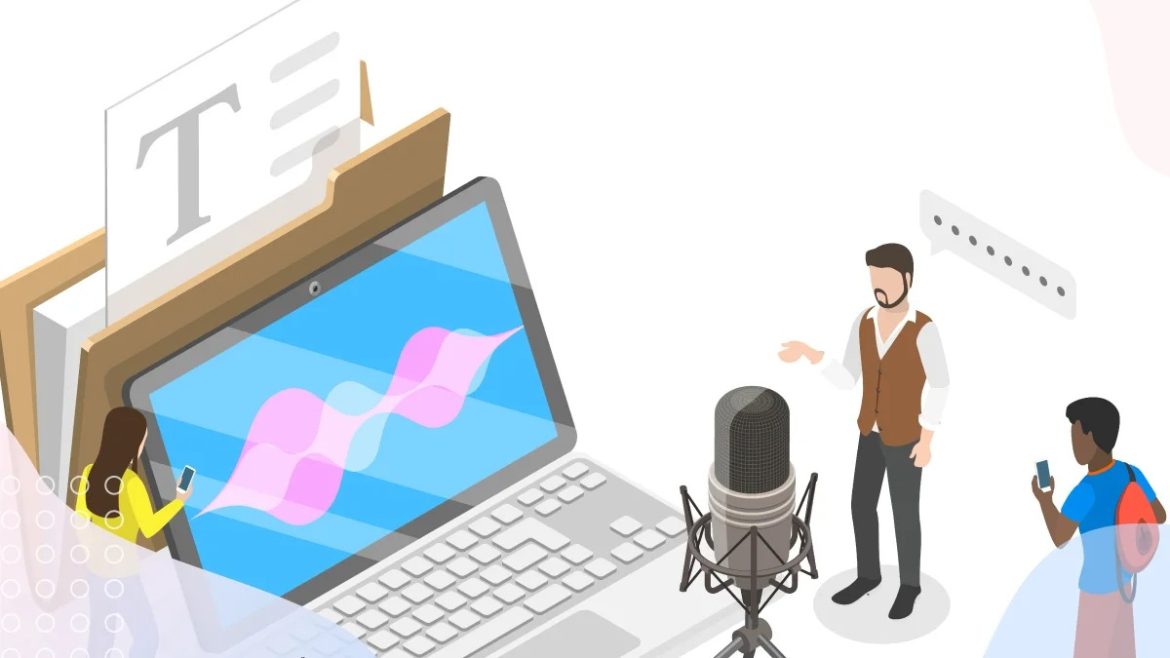In recent years, Optical Character Recognition (OCR) technology has undergone significant advancements, driven by the growing demand for more accurate and efficient document recognition solutions. While OCR has proven to be a valuable tool for digitizing and processing text from various sources, it has also faced challenges related to recognition accuracy and handling complex document layouts. In this article, we’ll explore the recent enhancements in OCR technology and how they address these challenges, ultimately improving document recognition accuracy and usability.
Understanding OCR Technology
What is OCR?
Optical Character Recognition (OCR) is a technology that converts different types of documents, such as scanned paper documents, PDF files, or images, into editable and searchable text data. Traditional OCR systems rely on pattern recognition algorithms to identify and extract characters from documents. However, advancements in machine learning and artificial intelligence have enabled OCR systems to achieve higher accuracy rates and handle more complex document layouts.
Challenges in OCR
Despite its benefits, OCR technology has encountered several challenges, including the recognition of handwritten text, poor image quality, and document variability. Handwritten text, in particular, poses a significant challenge for OCR systems due to variations in handwriting styles and legibility. Additionally, documents with complex layouts, such as tables, forms, and multi-column text, may result in errors or inaccuracies during the recognition process.
Recent Enhancements in OCR Technology
Machine Learning Algorithms
Recent advancements in machine learning have revolutionized OCR technology by enabling systems to learn from vast amounts of data and improve recognition accuracy over time. Machine learning algorithms, such as convolutional neural networks (CNNs) and recurrent neural networks (RNNs), can analyze document images at a pixel level, capturing intricate details and patterns that contribute to accurate text recognition. By continuously training on diverse datasets, OCR systems can adapt to different fonts, languages, and writing styles, enhancing overall performance.
Deep Learning Techniques
Deep learning techniques, such as deep neural networks (DNNs) and deep reinforcement learning (DRL), have further enhanced OCR technology by enabling more efficient feature extraction and classification. DNNs can automatically learn hierarchical representations of text features, allowing OCR systems to capture complex relationships between characters and improve recognition accuracy. Moreover, DRL algorithms enable OCR systems to dynamically adjust recognition parameters based on contextual information, leading to more robust performance across diverse document types.
Benefits of Enhanced OCR Technology
Improved Recognition Accuracy
One of the primary benefits of enhanced OCR technology is its improved recognition accuracy, particularly in handling challenging document layouts and handwritten text. By leveraging advanced machine learning and deep learning algorithms, OCR systems can achieve higher accuracy rates and minimize errors, resulting in more reliable text extraction and data processing. This not only improves efficiency but also enhances the quality and usability of digitized documents.
Enhanced Usability and Versatility
Enhanced OCR technology offers greater usability and versatility by supporting a wider range of document types, languages, and fonts. Whether it’s handwritten notes, printed text, or documents with complex layouts, OCR systems can accurately extract and process text data, making them suitable for diverse applications across various industries. Additionally, improved OCR algorithms enable seamless integration with other technologies, such as natural language processing (NLP) and data analytics, further enhancing document analysis and interpretation capabilities.
Conclusion
The recent enhancements in OCR technology have paved the way for more accurate, efficient, and versatile document recognition solutions. By leveraging machine learning and deep learning algorithms, OCR systems can overcome challenges related to recognition accuracy and document complexity, improving usability and usability. As OCR continues to evolve, it will play an increasingly vital role in digitizing, processing, and analyzing text data across diverse domains, driving innovation and efficiency in document management and information retrieval.



